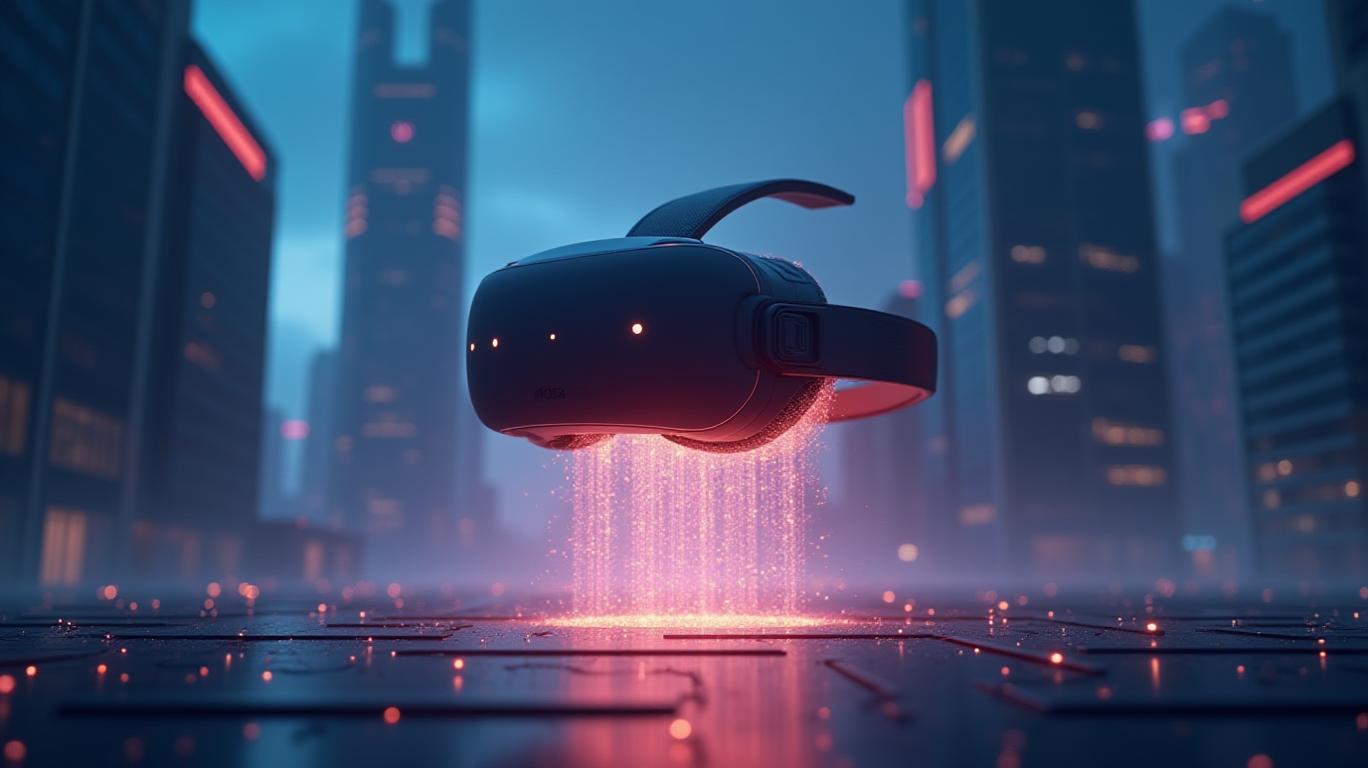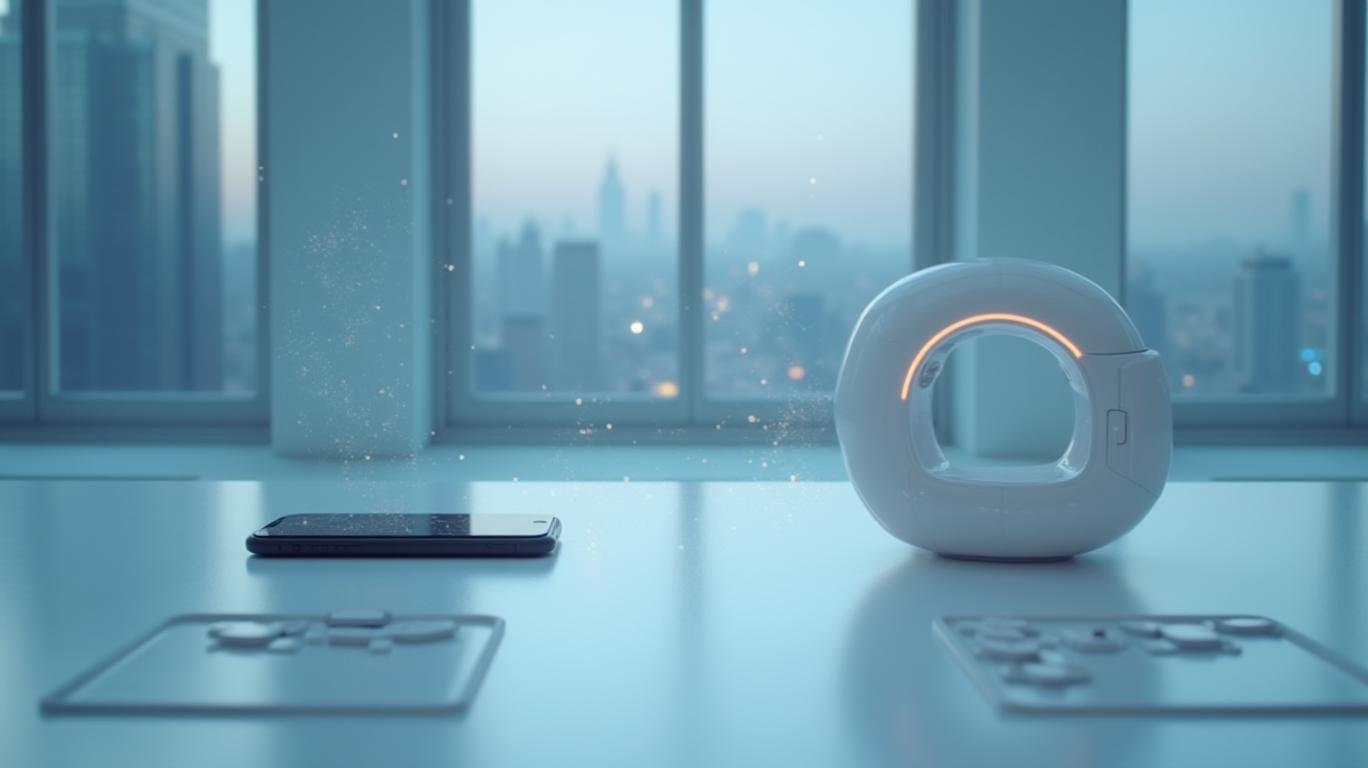The Hardware-AI Revolution: Why OpenAI's Move Signals the End of Apple's Dominance
The tech world is on the brink of a paradigm shift. OpenAI's $6.5 billion acquisition of Jony Ive's hardware design firm, io, marks the dawn of an era where hardware and AI will converge to redefine consumer technology. This bold move not only challenges Apple's decades-long dominance in design and hardware but also sets the stage for a new battleground where AI-native devices could eclipse traditional smartphones and laptops. For investors, this is a signal to pivot toward companies positioned at the intersection of hardware innovation and artificial intelligence.

The Strategic Masterstroke: Hardware as AI's New Canvas
OpenAI's acquisition of io is not just a financial maneuver—it's a strategic reallocation of power. By pairing Jony Ive's legendary design prowess (responsible for the iPhone, iPad, and
Watch) with its cutting-edge AI models, OpenAI is building devices that go beyond screens and keyboards. These products aim to be intuitive extensions of human thought, leveraging AI to “see, think, and understand” environments in real time.The implications are staggering. shows a 2% decline following the announcement—a direct market reaction to fears that OpenAI's AI-native devices could disrupt Apple's hardware ecosystem. This isn't just about gadgets; it's about who controls the next generation of human-computer interaction.
Why Apple Can't Compete (Yet)
Apple's strength has always been in closed ecosystems—hardware, software, and services tightly integrated. But its AI efforts, reliant on partnerships like the one with OpenAI's ChatGPT, lag behind the vertical integration OpenAI now achieves by merging AI and hardware design.
- Design Legacy vs. AI Ambition: Apple's focus on incremental improvements to existing products (e.g., iPhone 16) contrasts with OpenAI's vision for entirely new categories of devices.
- AI Integration Gaps: Apple's Vision Pro AR headset, while technically advanced, lacks the AI-first design ethos that OpenAI's hardware promises. The first OpenAI device, expected in 2026, could leapfrog Apple by prioritizing context-aware AI over hardware specs.
The Gold Rush: Investing in AI-Hardware Synergy
The hardware-AI revolution is a once-in-a-decade opportunity. Investors should target companies with two core advantages:
1. AI Expertise: Firms like NVIDIA (CUDA, AI chips) and Alphabet (Google's Gemini) already power the AI backbone.
2. Hardware Design & Manufacturing: Companies like Taiwan Semiconductor (TSMC), which supplies advanced chips, or startups like Magic Leap (AR/VR), could benefit from the demand for AI-native devices.
Risks to the Rally
The path to dominance isn't without potholes:
- Execution Hurdles: Designing AI-native devices requires flawless integration of software and hardware—no small feat. A single misstep (e.g., privacy scandals or delayed launches) could derail momentum.
- Regulatory Scrutiny: Governments may clamp down on AI-powered devices, citing data privacy or job displacement concerns.
- Competitor Counterattacks: Apple and Meta are doubling down on AR/VR (e.g., Meta's Ray-Ban collaboration). Investors must monitor R&D spending and product pipelines closely.
The Bottom Line: Position for the New Frontier
OpenAI's acquisition of io isn't just a bid for market share—it's a declaration of war on the status quo. The companies that thrive will be those that master the hardware-AI synergy, turning AI from a feature into a foundational capability.
Investment Action Items:
- Buy: NVIDIA (AI infrastructure), TSMC (chip manufacturing), and AR/VR leaders like Meta's Reality Labs (META stock).
- Watch: OpenAI's 2026 product launch, regulatory developments, and quarterly updates from hardware-focused firms.
The race to define the next generation of tech is on. Those who bet early on hardware-AI synergy stand to profit as Apple's dominance crumbles—and a new era begins.


Comments
No comments yet